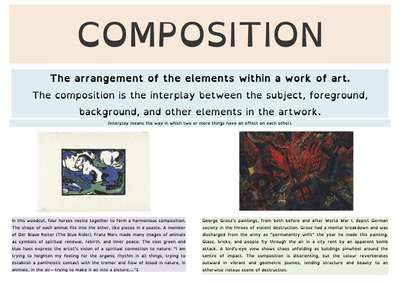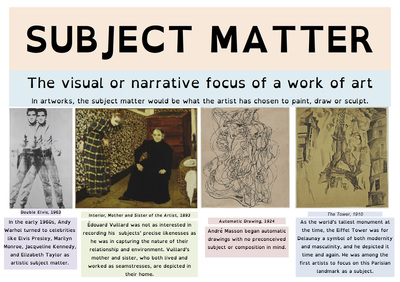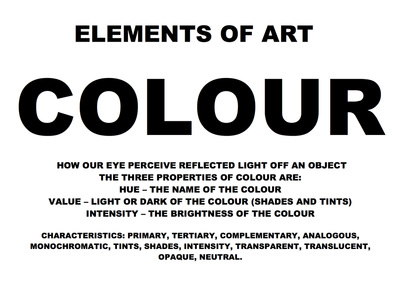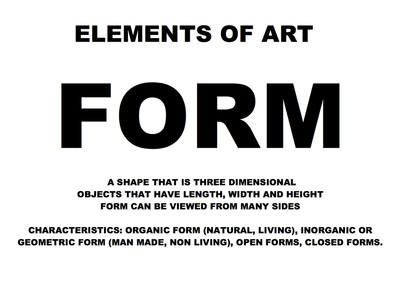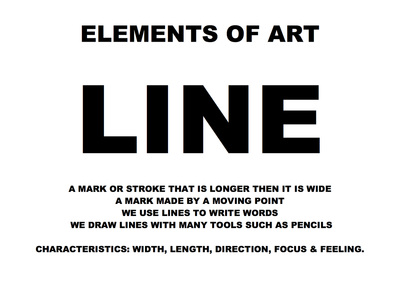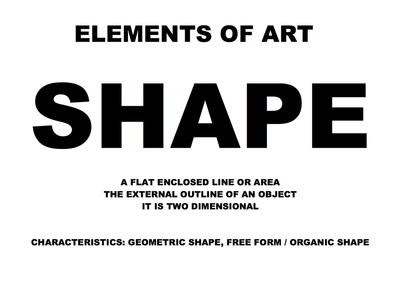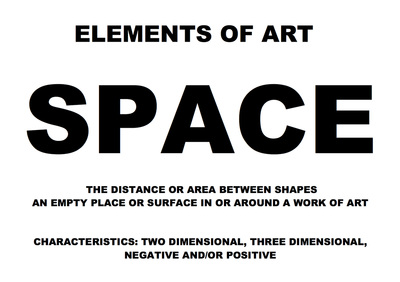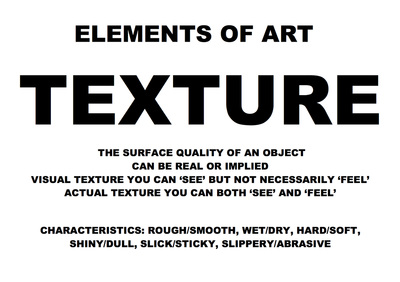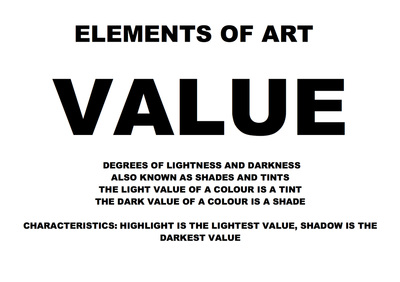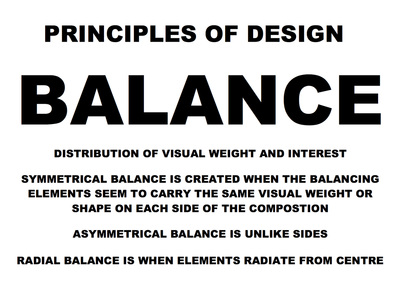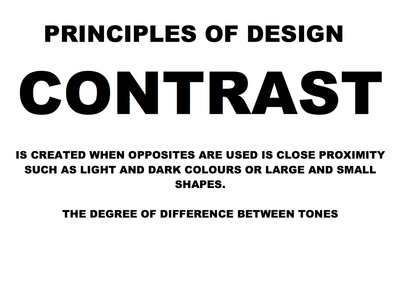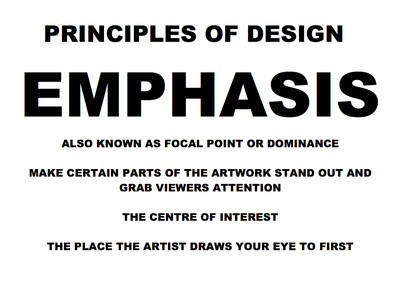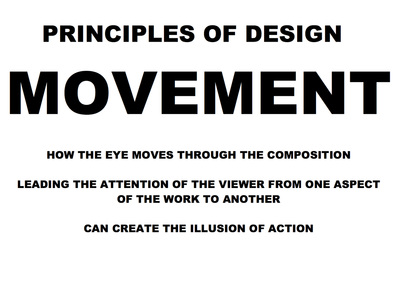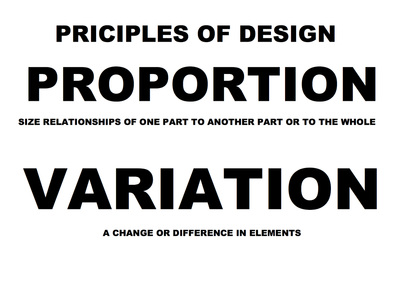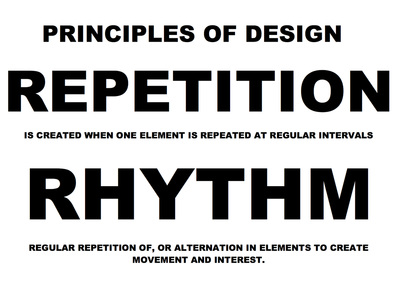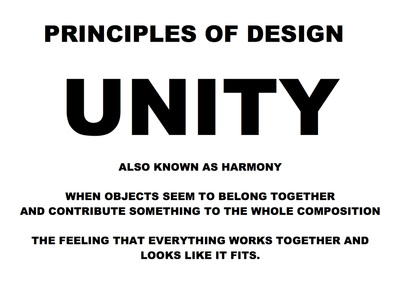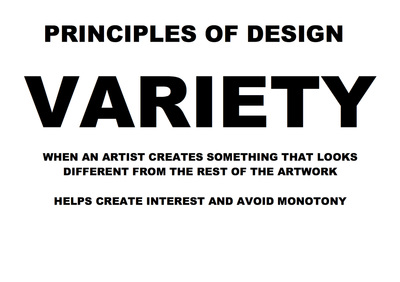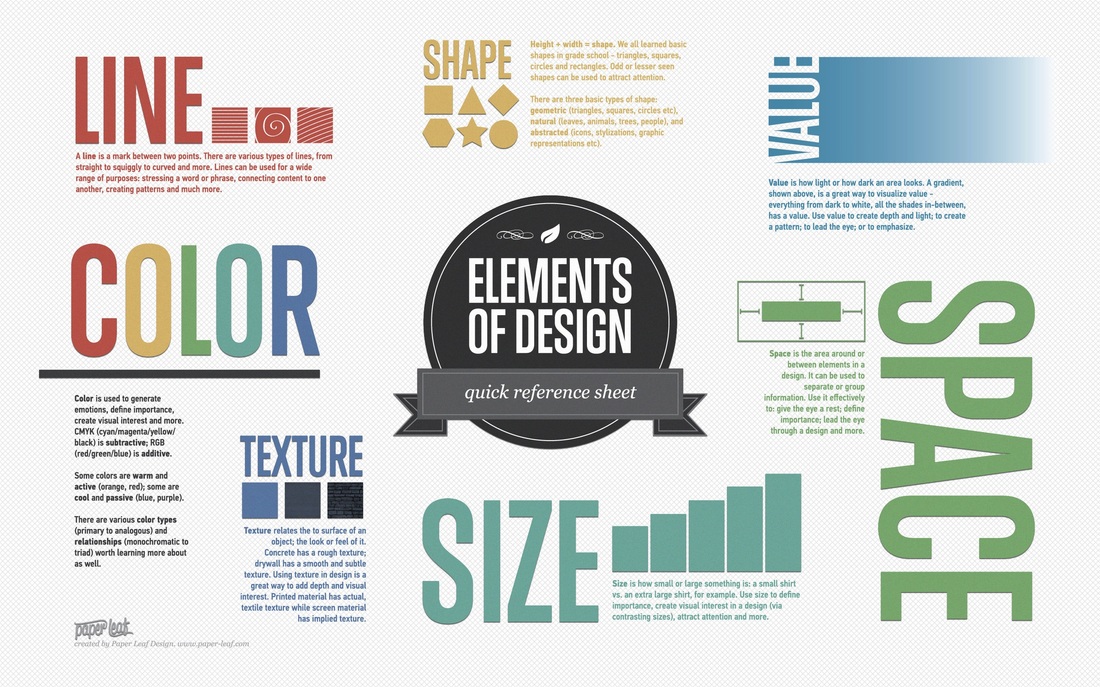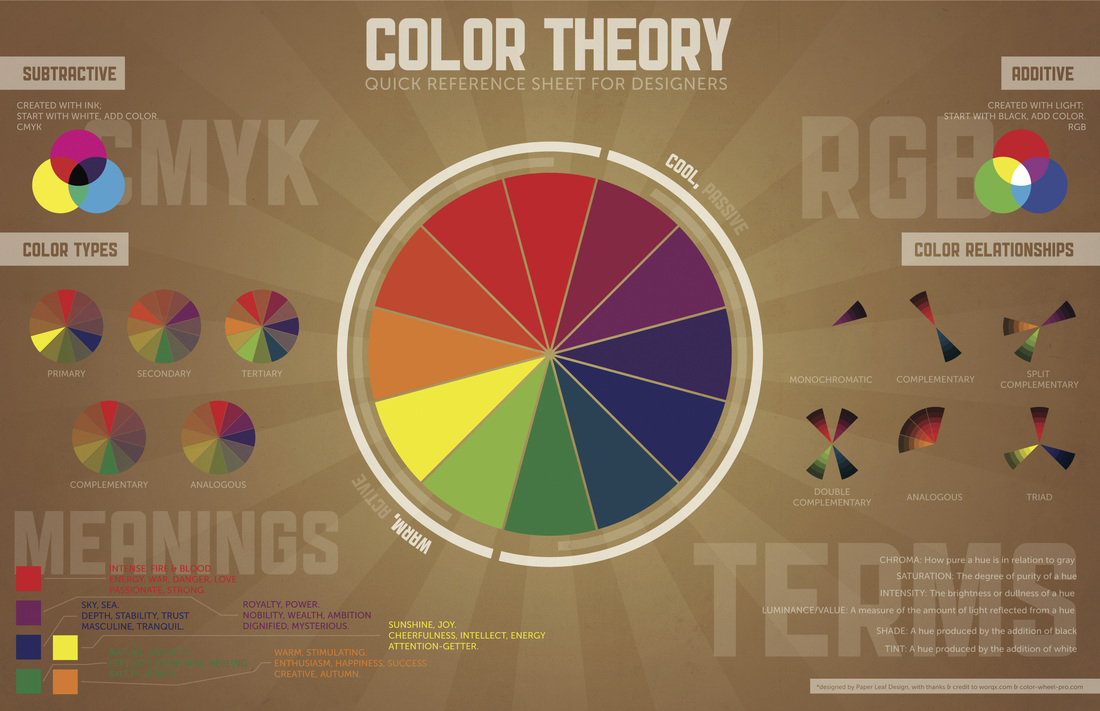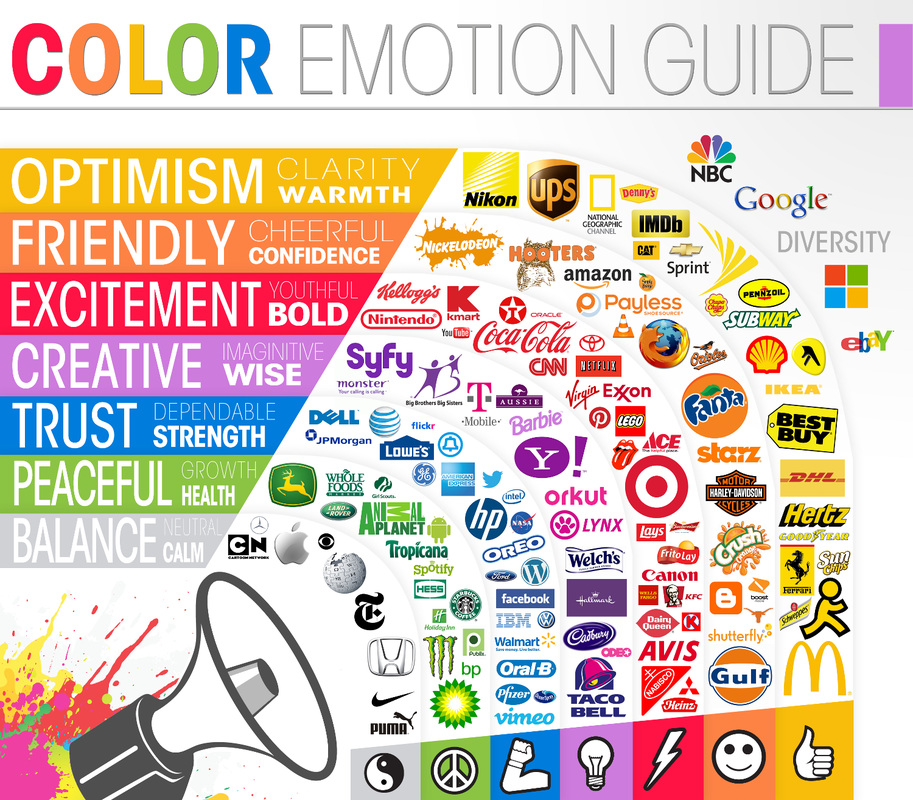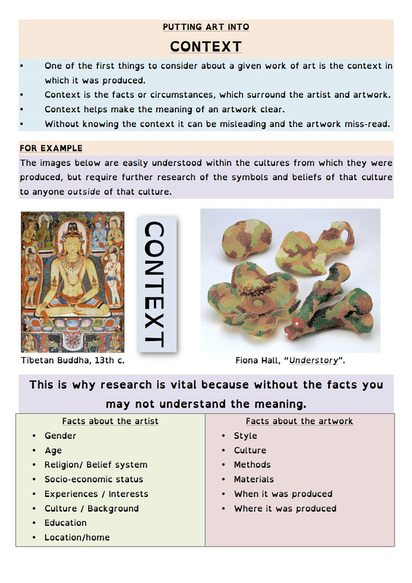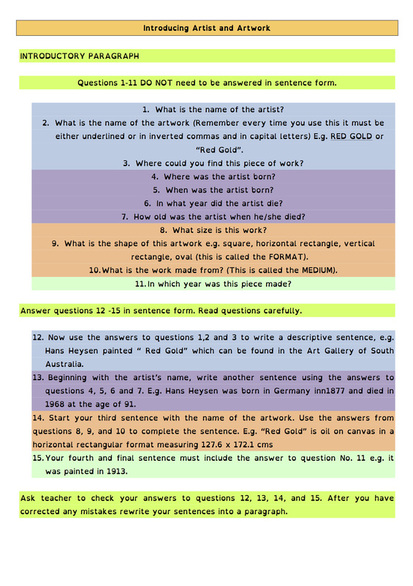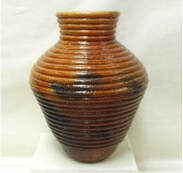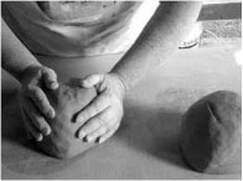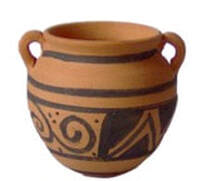understanding art terminology
elements of art |
principles of design | ||||||||||||
additional resources
colour theory quick guide
awesome article about colour: why is facebook blue?
|
| ||||||||||||
definitions
Collage: Collage is the sticking of bits of newspaper, letters, postage stamps, cloth, wood, photographs etc. into a pattern or onto paintings. Assemblage is 3D and usually uses more than one kind of material; collage is 2D and usually uses one kind of material. The technique is also used in paper craft. It refers, too, to the use of different types of needlework when combined in embroidery work.
What is hatching? -Hatching is the use of fine, parallel lines drawn closely together, often rapidly drawn, to create the illusion of shade or texture in a drawing. Distance may be varied to allow more or less white space between the lines, or lineweight varied to thicken the darkness of the lines. Often used in pencil sketching and in pen-and-ink
drawing. http://drawsketch.about.com/od/drawingglossary/g/hatching.htm (accessed on 8/2/2016)
drawing. http://drawsketch.about.com/od/drawingglossary/g/hatching.htm (accessed on 8/2/2016)
vocabulary for clay terms
Bisque – Bisque is a term used to describe fired clay, it relates to the term biscuit. The fired clay is biscuit like in nature.
Ceramic – Ceramic is the term used to describe objects made from clay and similar materials.
Coils – Coils are strips of clay rolled into a snake like shapes. Coils are built up on top of each other and secured with slip to create an object, for instance a pot.
Glaze – Glaze is used to coat clay objects. The object is then fired today and the result is a smooth glass like finish.
Greenware – Is the term used to describe clay that has been shaped and left to air dry before firing in a kiln.
Kiln – A kiln is an extremely hot oven used to fire clay objects making them water tight and solid.
Knead – The term used to describe working clay to useable consistency.
Pinch pot – A pinch pot is a ball of clay that is then worked with ones fingers and thumbs into a hollowed out pot. The clay is ‘pinched’ into shape.
Score – Score is what we do to the surface of clay to prepare it for joining with another section of clay. Scoring is scratching the surface in a cross hatch pattern with a sharp clay tool.
Slip – Slip is a mixture of clay and water it is used to join sections of clay together.
Wedge – Wedging is similar to kneading, it is a process of pushing and folding the clay to remove air bubbles.
Ceramic – Ceramic is the term used to describe objects made from clay and similar materials.
Coils – Coils are strips of clay rolled into a snake like shapes. Coils are built up on top of each other and secured with slip to create an object, for instance a pot.
Glaze – Glaze is used to coat clay objects. The object is then fired today and the result is a smooth glass like finish.
Greenware – Is the term used to describe clay that has been shaped and left to air dry before firing in a kiln.
Kiln – A kiln is an extremely hot oven used to fire clay objects making them water tight and solid.
Knead – The term used to describe working clay to useable consistency.
Pinch pot – A pinch pot is a ball of clay that is then worked with ones fingers and thumbs into a hollowed out pot. The clay is ‘pinched’ into shape.
Score – Score is what we do to the surface of clay to prepare it for joining with another section of clay. Scoring is scratching the surface in a cross hatch pattern with a sharp clay tool.
Slip – Slip is a mixture of clay and water it is used to join sections of clay together.
Wedge – Wedging is similar to kneading, it is a process of pushing and folding the clay to remove air bubbles.
